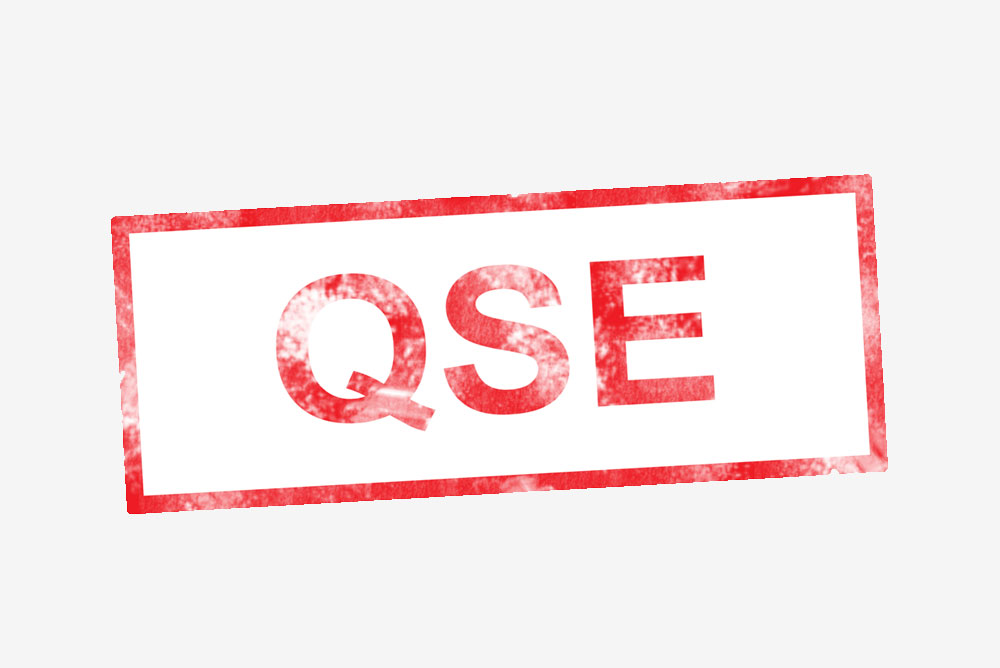(Series QSE, 5/6) OHS: Axon’Cable, the first company to be ISO 45001 certified
Published on
30/04/2018,
updated
26/11/2024 à 11:46
Reading time : 1 minute

Champagne-based Axon’ Cable is the first company in France to be ISO 45001 certified. This manufacturer of electronic components stands out for its good occupational health and safety management.